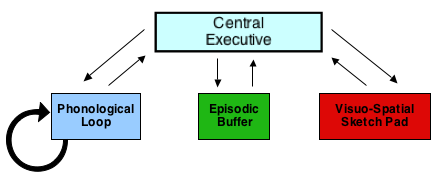In the previous article on emotional intelligence we saw how an intelligence is based on the ability to think in abstract ways, and to learn and adapt to an environment. Maybe you’d previously heard about how we have multiple intelligences; IQ, social intelligence, practical intelligence, emotional intelligence, and so on.
What distinguishes these intelligences from each other is the type of information they process. So verbal-propositional intelligence is about vocabulary, sentence structure, etc., and likewise, emotional intelligence is based on emotional information. I just wanted to clarify what this is exactly, as this was missing from the last post.
What is emotional information?
Since Darwin, emotions have been viewed as controlling and signalling our responses to situations – they occur in response to the environment and/or an appraisal of it. They are mostly geared towards things that could have an impact on our chances of surviving and reproducing, and each emotion has it’s own particular role to play in this. So for example, anger comes up when someone transgresses against you, jealousy arises when someone’s flirting with your girlfriend or boyfriend, fear in the face of a potential threat, and so on. The theory goes that each emotion was originally ‘designed’ to solve a particular problem we faced in our evolutionary past, by influencing our response to it. So anger might put people off transgressing against you in the future, jealousy helps to ward people off your mate, and fear helps you stay out of trouble.
Each emotion has it’s own unique signals, which might be facial expressions, body language, voice tone, and so on. This is what ’emotional information’ is. Facial expressions in particular have been particularly well researched. Expressions have been identified for a number of categories of emotion, and wherever you go in the world, you find that these facial signals always go with the same emotions. For example, you don’t find one culture who furrow their brow and pout when they feel ecstatic – everyone smiles. Even hunter-gatherer societies, with no access to our modern culture, signal emotions using the same facial expressions we do.
So in a sense, emotional information is a kind of language; although it differs from verbal language because it relates primarily to relationships among people rather than relationships in a more general sense.



